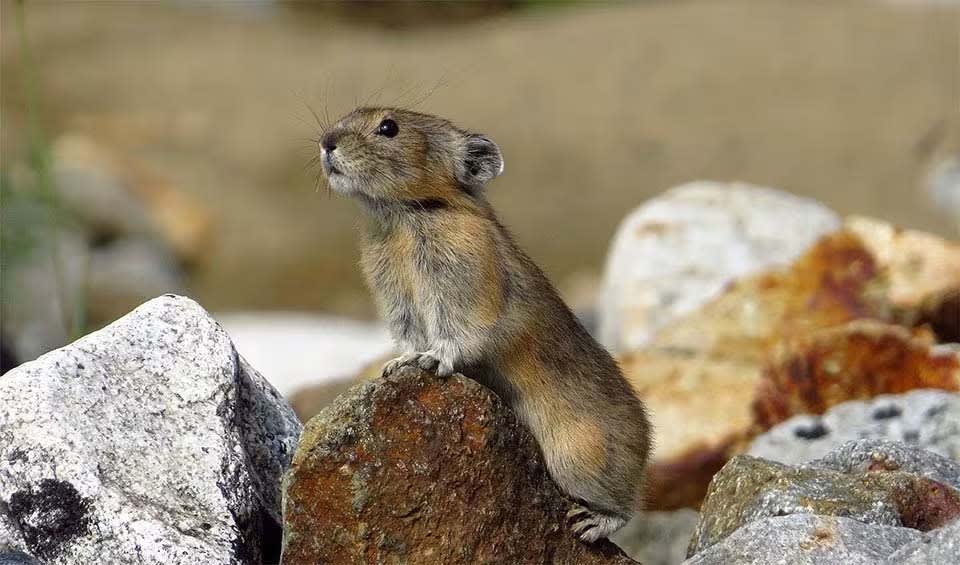Ochotona – Pikas
Like rabbits, these mountain-dwelling cuties, after eating, initially produce soft green feces, which they eat again
Pikas are small, charismatic mammals that have adapted to some of the most extreme environments on Earth. Often referred to as “whistling hares” due to their distinctive, high-pitched alarm calls, pikas are not hares at all but rather a unique group of lagomorphs closely related to rabbits and hares. These resilient creatures make their homes in the rugged, alpine and subalpine regions of Asia and North America, thriving in habitats inhospitable to many other species.
Physically, pikas are marked by their compact bodies, rounded ears, and absence of a visible tail, contributing to their cuddly appearance. Their fur, which ranges in color from grayish-brown to reddish, is thick and soft, providing essential insulation against the cold temperatures of their mountainous environments. This dense fur coat is crucial for survival, as pikas do not hibernate and must endure the harsh winter conditions of their high-altitude homes.
One of the most notable behaviors of pikas is their method of preparing for winter. Known for their industrious nature, pikas spend the warmer months collecting and storing vegetation in their burrows or in rock crevices, creating “haypiles” that will serve as their food supply throughout the winter. This behavior showcases their remarkable ability to plan and prepare for the future, a trait not commonly observed in many small mammals.
Despite their toughness and adaptability, pikas are facing significant threats from climate change. These animals have a very low tolerance for high temperatures, which limits their ability to descend to lower, warmer elevations. As global temperatures rise, pikas’ alpine habitats are shrinking, forcing them to retreat to increasingly higher altitudes. This habitat compression poses a grave threat to their survival, as suitable habitats become scarcer and populations become more isolated.
Species in this genus
Alpine pika
Often prefers herbs with medicinal properties, which may help preserve its haypiles from mold and rot
American pika
Although looking like a mouse, they are the smallest member of the rabbit family
Northern pika
A sneaky animal as the males will steal hay collected by other pikas in their territories!




